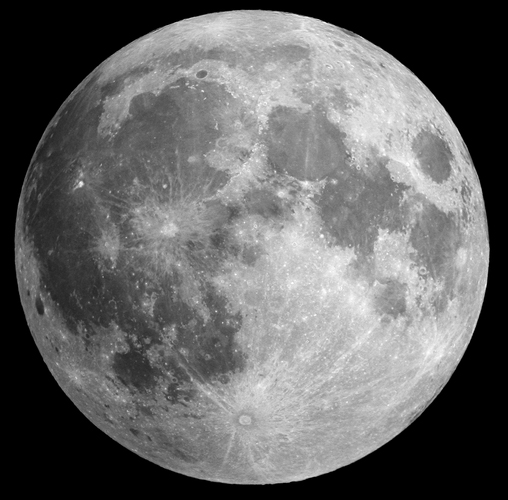
Lunar exploration is undergoing a renaissance. Dozens of missions, organized by multiple space agencies—and increasingly by commercial companies—are set to visit the moon by the end of this decade.
Most of these will involve small robotic spacecraft, but NASA’s ambitious Artemis program, aims to return humans to the lunar surface by the middle of the decade. There are various reasons for all this activity, including geopolitical posturing and the search for lunar resources, such as water-ice at the lunar poles, which can be extracted and turned into hydrogen and oxygen propellant for rockets.
The lunar far side is permanently shielded from the radio signals generated by humans on Earth.
We should get an indication of the potential of these observations when NASA’s LuSEE-Night mission lands on the lunar far side in 2025 or 2026.
Astronomers have lots of experience with optical and infrared telescopes operating in free space, such as the Hubble telescope and JWST. However, the stability of the lunar surface may confer advantages for these types of instruments.
These considerations have led the astronomer Jean-Pierre Maillard to suggest that the moon may be the future of infrared astronomy.
For all these reasons, astronomy stands to benefit from the current renaissance in lunar exploration.
In particular, astronomy is likely to benefit from the infrastructure built up on the moon as lunar exploration proceeds.
There is also a tension here: human activities on the lunar far side may create unwanted radio interference, and plans to extract water-ice from shadowed craters might make it difficult for those same craters to be used for astronomy.
We will need to ensure that lunar locations that are uniquely valuable for astronomy are protected in this new age of lunar exploration.
